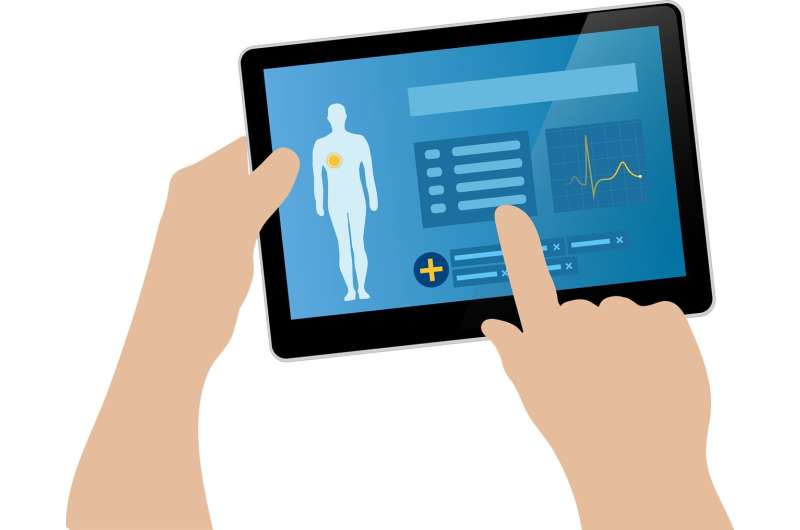Big data to help predict individual trauma patient outcome

Chinese researchers are using big data to help identify trauma patients who could experience potential adverse health events in the emergency department through the aid of a clinical decision support system. It was developed using a novel real-world evidence mining and an evidence-based inference method, driven by improved information storage and electronic medical records.
The researchers, from Peking University People's Hospital and National Institute of Health Data Science at Peking University, published their results online on February 7 in IEEE Transactions on Systems, Man, and Cybernetics: Systems, a journal of the Institute of Electrical and Electronics Engineers.
Clinical decision support systems have been in use for nearly 50 years, but this is the first one developed using evidential reasoning in an emergency department setting.
"Appropriate use of information technologies, particularly clinical decision support systems, may aid clinicians to make better clinical decisions and reduce the rate of medical errors," said first author Guilan Kong, associate research professor at the National Institute of Health Data Science at Peking University. "By inputting clinical data of a patient, combined with available historical data, our proposed clinical decision support system outputs a predicted belief degree of severe trauma, including ICU admission and in-hospital death."
In the proposed clinical decision support system, the emergency room physician supplies information about the patient, including blood pressure, pulse rate, respiration rate, consciousness level, body temperature, age, comorbidities, mechanism and location of injury. These clinical signs and symptoms are then processed using an evidential reasoning rule, which compares each piece against the evidence mined from real-world data to predict the probability of adverse events.
"The clinical variable signs and symptoms may be interrelated and lead to a clinical outcome," said Kong, who is also appointed at the Center for Data Science in Health and Medicine.
For example, a patient may have low level of consciousness because of the location of the injury, or it might be related to the high body temperature. The degree of interdependence between clinical signs and symptoms can be calculated from historical patient data.
"To optimally manage trauma patients and help them achieve ideal outcomes, trauma patients with a high probability of being admitted to the intensive care unit or dying in hospital need to be identified quickly and accurately upon their arrival at a hospital," Kong said.
In developing their clinical decision support system, the researchers used a trauma dataset from the emergency department at Kailuan Hospital in China, a hospital that has a close research collaboration with the Trauma Center at Peking University People's Hospital. Through the dataset, the researchers obtained the data of 1,299 trauma patients.
The team found that not only did their model prove especially useful in cases without prior expert knowledge or clinical experiences, but that the clinical decision support system also allowed for more accurate identification of trauma patients with adverse events compared to other systems with traditional machine learning models.
Furthermore, the clinical decision support system works in a real-time fashion. From a physician's input of a patient's data to generating appropriate advices, the system works almost without any delay, which in turn helps buy trauma patients valuable time.
Next, the researchers plan to finetune their system and to generalize it for use in other clinical areas and non-emergent department settings.
More information: Guilan Kong et al, Evidential Reasoning Rule-Based Decision Support System for Predicting ICU Admission and In-Hospital Death of Trauma, IEEE Transactions on Systems, Man, and Cybernetics: Systems (2020). DOI: 10.1109/TSMC.2020.2967885

















